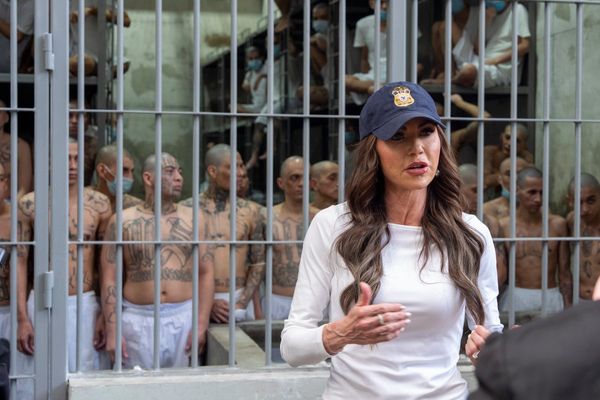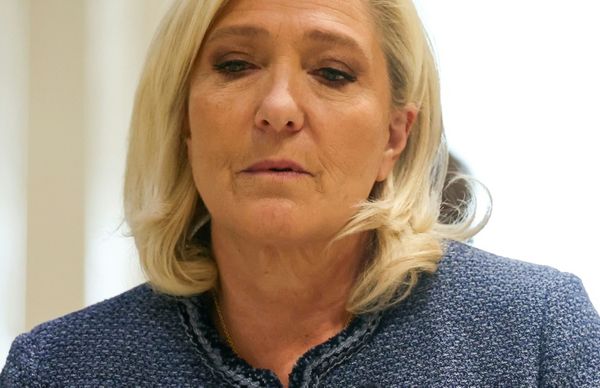Readers of Kalki’s Ponniyin Selvan can be in doubt about the hero of the novel — whether it is Raja Raja I, the greatest among the Chola kings, or Vandhya Devan, his confidant and husband of his sister Kundhavai? Vandhya Devan dominates the entire narrative in such a way that he seems to overshadow Raja Raja I himself.
“It is easy for any novelist to mould a character not mentioned properly in history. Tamil Nadu has more inscriptions about Raja Raja I, and Kalki had to tread cautiously while portraying him,” says R. Kalaikolvan, an ophthalmologist and director, Dr. Rajamanickanar Centre for Historical Research.
The endless debate on the historicity of Kalki’s account would be revived as film-maker Mani Ratnam’s Ponniyin Selvan hits the screen at September-end.
Fictional personalities
It was Raja Raja Chola I, who became Ponniyin Selvan (son of the river Ponni, better known as the Cauvery) in the hands of Kalki, who also brought many fictional personalities into his work.
Some of the prominent characters such as Azhwarkadiyan, Poonkuzhali, Nandini and Chinna Pazhuvettarayar fall into the fictional category, but Kalki made them all immortal by offering them strategically important roles. But the dominant Vandhya Devan is not fictional. Dr. Kalaikovan explains that he was a historical figure, though much of what is attributed to him could have been born of Kalki’s fertile imagination. “His name has been identified in the inscriptions only as the husband of Kundhavai. Inscriptions say Pallavarayar Vandhya Devar Deviyar Alwar Paranthakan Kundhavai Deviyar. But all his breath-taking bravura and stunning strategies are essentially the product of Kalki’s own restless mind,” he adds.
In the epilogue, Kalki himself says there are no clear-cut rules for writing novels, particularly for historical novels. “The history of Tamil Nadu has not been established with unimpeachable evidence. Of course, Tamils can take pride in their ancient history. Proper historical research has been conducted in the last few years in Tamil Nadu. Inscriptions and copper plates are copied and historians are seeking to establish the history of Tamil Nadu through their findings,” he notes.
Vandhya Devan is introduced as a warrior from the Banar tribe. Late historian K.A. Nilakanta Sastri, a reputed expert on the Cholas, said the Banas were an ancient line of kings who ruled for over two centuries in the tract that came to be called Perumbanappadi, the big Bana country. “This was the area to the north of the Palar, between Punganur in the west and Kalahasti in the east,” said Mr. Sastri.
Raja Raja I became the king after his elder brother and rightful heir Aditya II, known as Aditya Karikalan, was assassinated. Though he was called Vira Pandiyan Thalai Konda Koparakesari Varman Karikalan (who decapitated the head of Pandiya King Vira Pandiyan), there were two more claimants to the title.
According to Mr. Sastri and another historian Sadasiva Pandarathar, one of the claimants was Parthivendravaran, a chieftain from the Thondaimandalam. The other was Bhuti Vikramakesari of Kodumbalur, who also claimed to have conquered Vira Pandiyan in a battle.
In Ponniyin Selvan, there are two Pazhuvettaraiyars and they are brothers, but Dr. Kalaikovan says that historically there was only one Pazhuvettaraiyar and his name was Maravan Kandan. “He had three sons and lived till the period of Uttama Chola. He had no younger brother.”
Kalki has also played around with the chronology of events. For instance, Sambuvarayars are introduced in the beginning of the novel. But “they were nowhere in the scene during the period of Sundara Chola. They stabilised themselves as small kings only during Vikrama Chola, the Chalukya-Chola king. They ruled Tiruvannamalai and the surrounding areas, and not in Kadambur as described by Kalki,” says Dr. Kalaikovan.
The best seller
Vanathi, wife of Raja Raja I, is identified as Vanama Madevi, and the Thiruvalanchuzhi inscriptions confirm that she is the mother of Rajendra. The colourful characters captured the imagination of Tamils, and the novel tops the sale in all book fairs across Tamil Nadu even today.
Speaking at a book fair in Pudukottai recently, J. Jeyaranjan, vice-chairperson of the State Development Policy Council, said it was the Dravidian Movement that benefited immensely from the novel. “You need a great past to shape nationalistic sentiments. The novel was making a great impact at a time when the leaders were speaking about the greatness of Tamils,” he said, pointing out that even the winners of competitions were given the book as a prize in the book fair.







